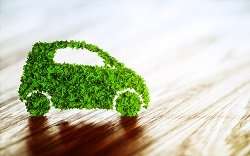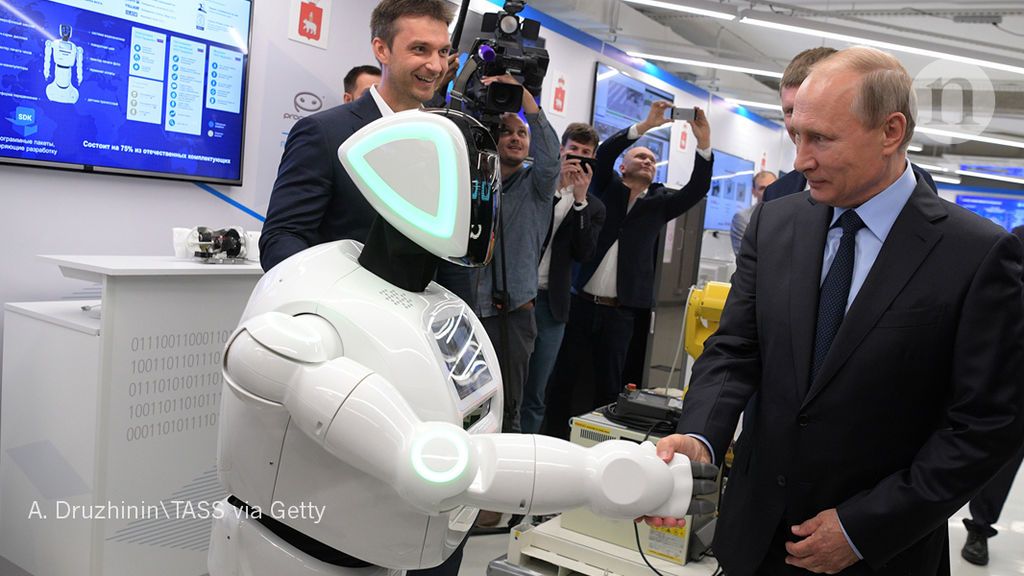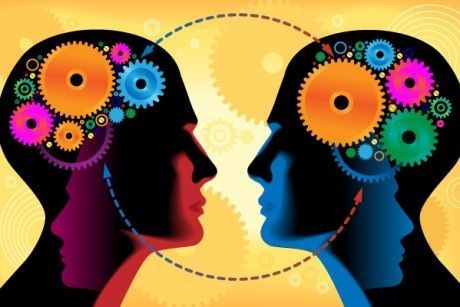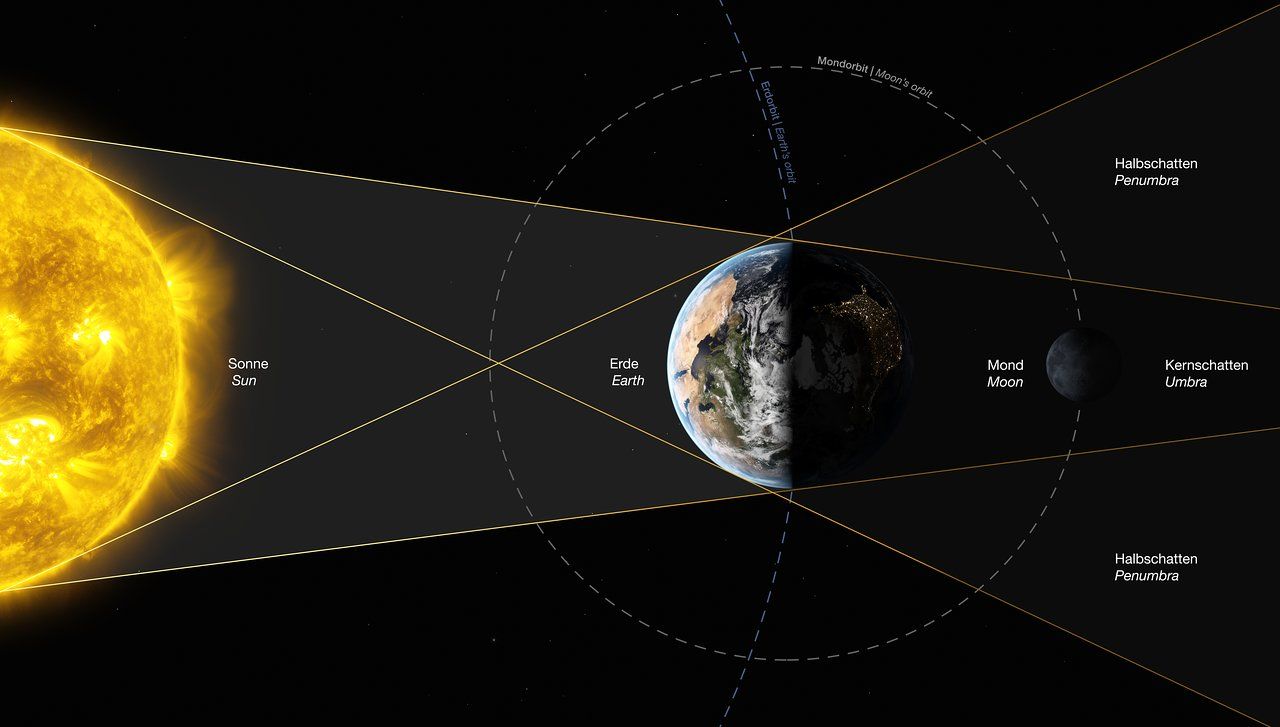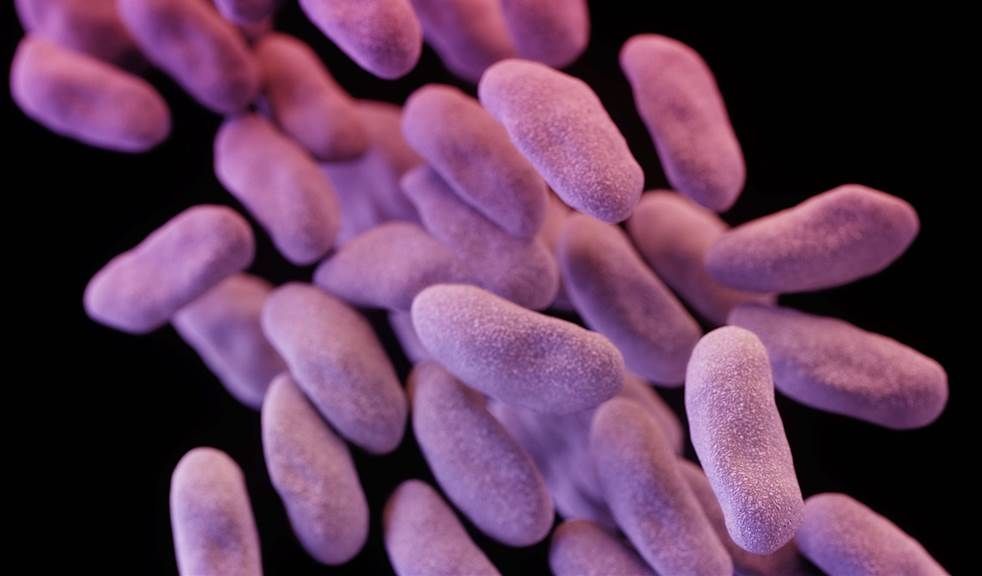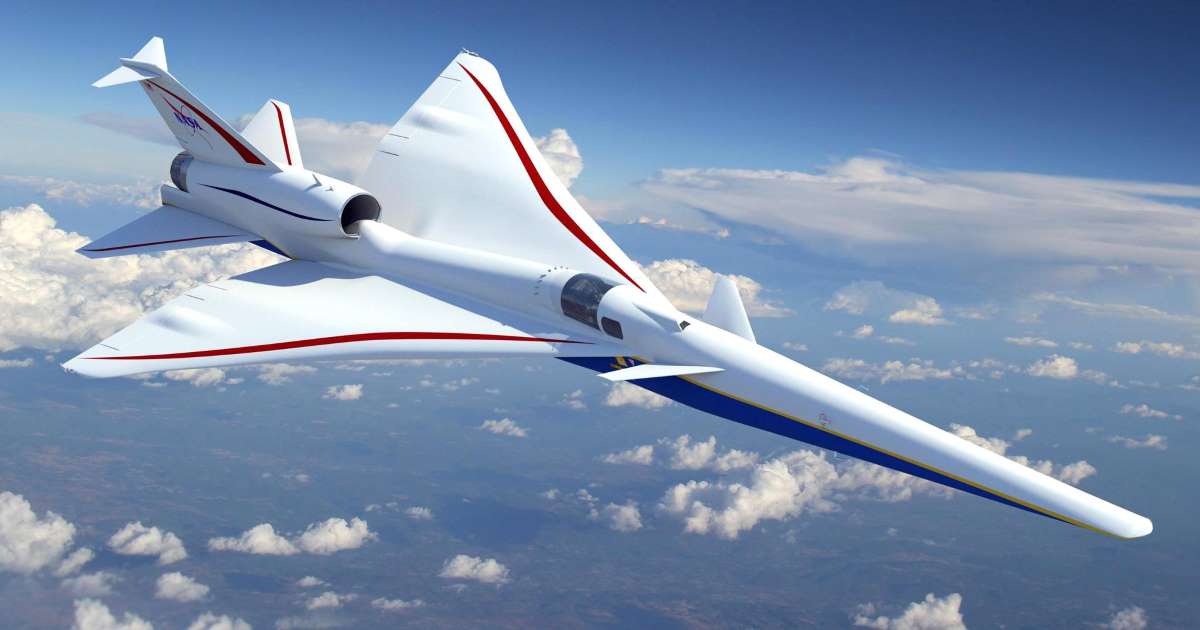Apr 4, 2018
Our legacy of liveable cities won’t last without a visionary response to growth
Posted by Bill Kemp in categories: economics, health, policy
Australia’s major cities are growing more rapidly than ever before, gaining three million residents in a decade. Concerns about the risks to their long-term liveability and health are growing too. Is the consistent placing of Australian cities at the top of most liveable city rankings a reason for complacency?
The fastest-growing city, Melbourne, is experiencing unprecedented growth and yet has topped The Economist Intelligence Unit global liveability ranking for seven years running. However, much like Australia’s remarkable record of 26 years of continuous economic growth, many of the policy and institutional reforms that delivered this liveability legacy occurred decades ago.
Australia is now undergoing its third great wave of population growth, putting pressure on infrastructure, services and the environment. During the past two waves of growth, in the late-19th and mid-20th centuries, cities implemented visionary responses. It’s largely because of these past phases of planning and investment that our cities have until now been able to sustain their liveability and a reasonably healthy natural environment.
Continue reading “Our legacy of liveable cities won’t last without a visionary response to growth” »


